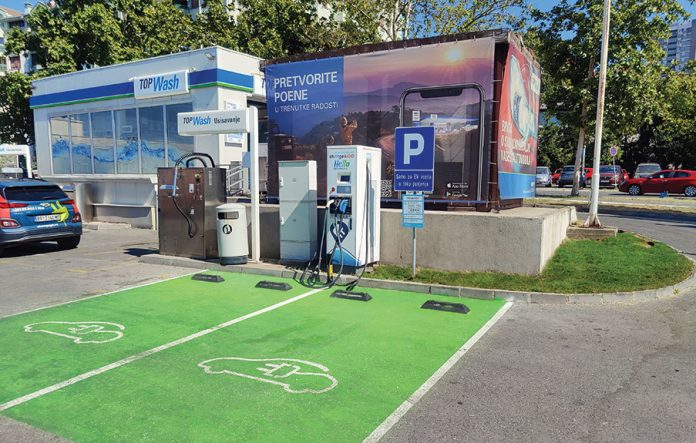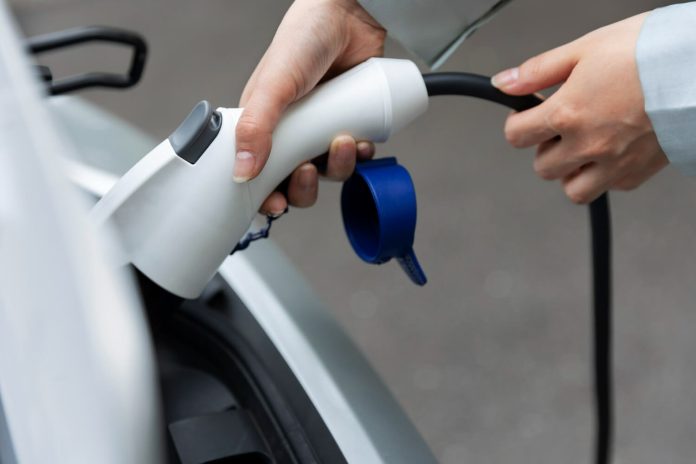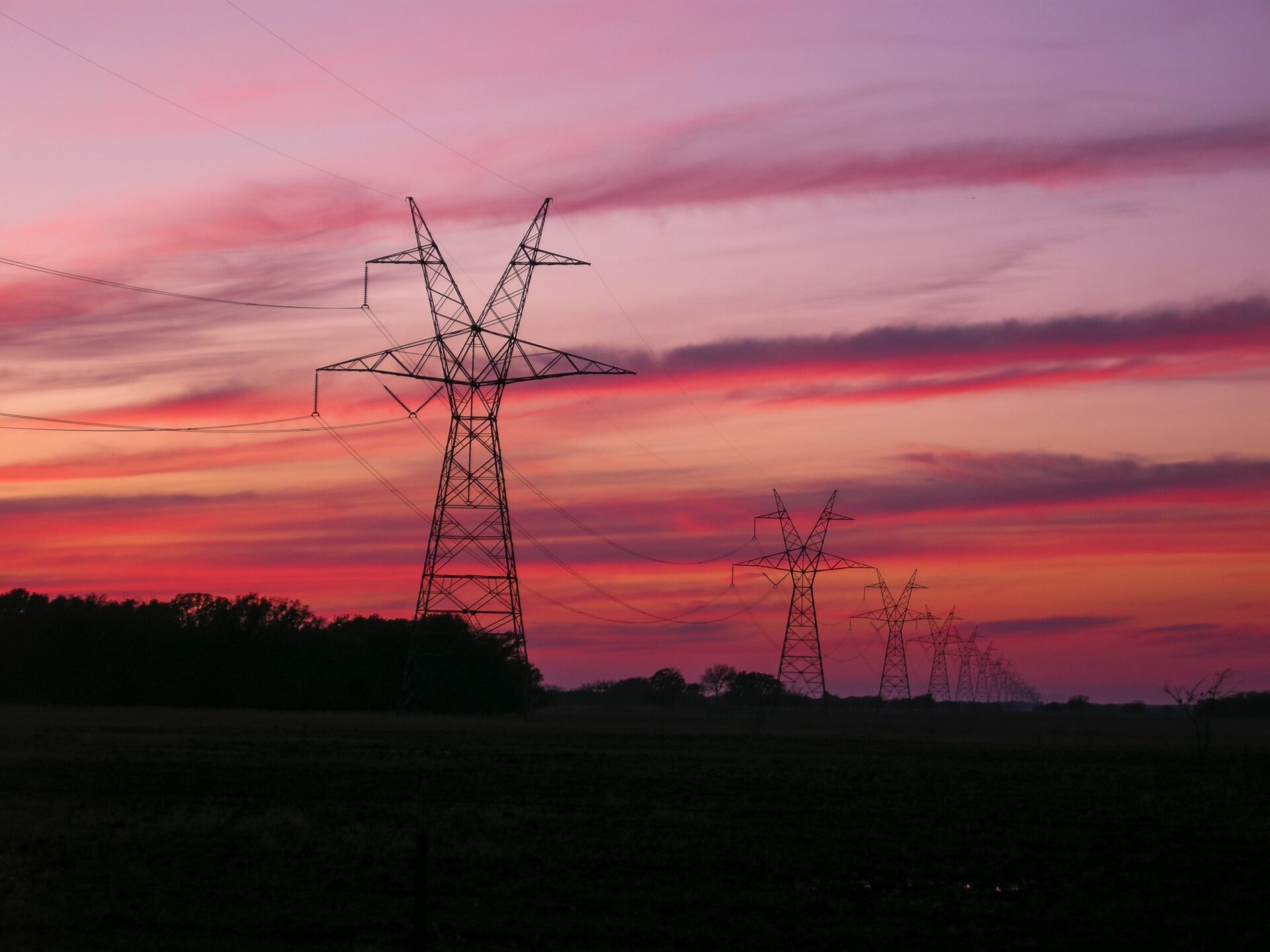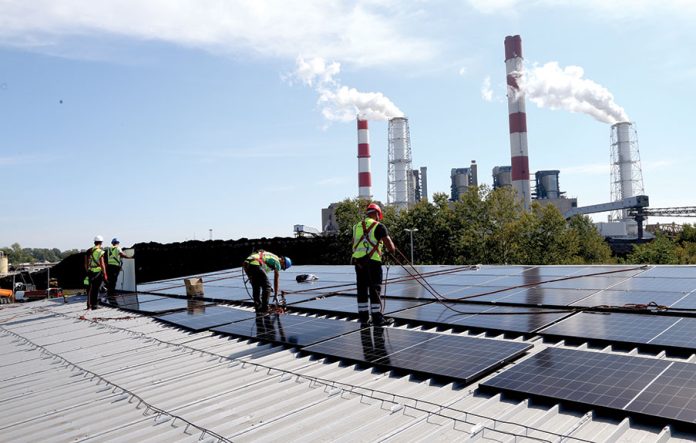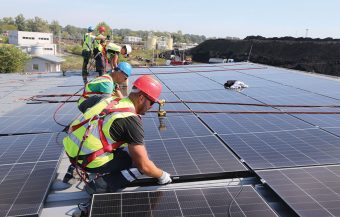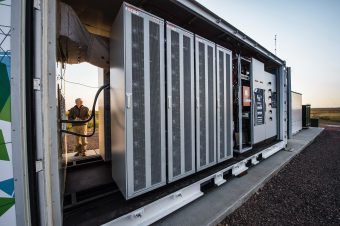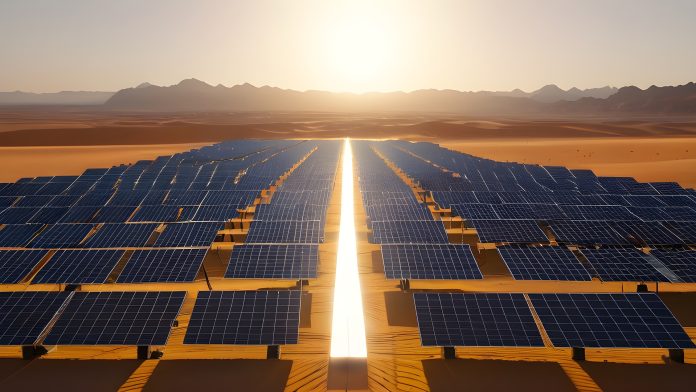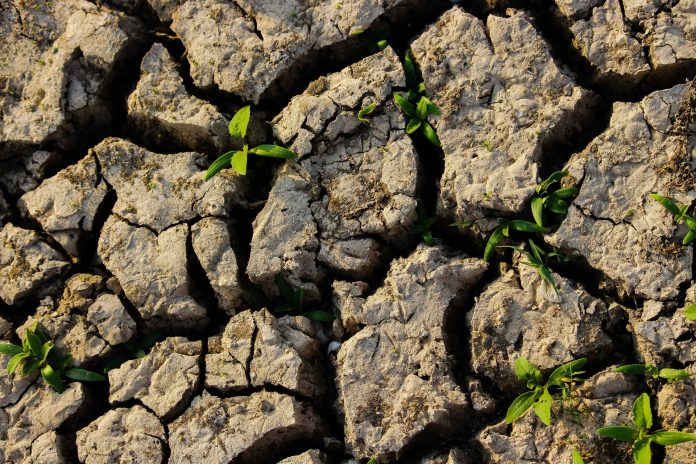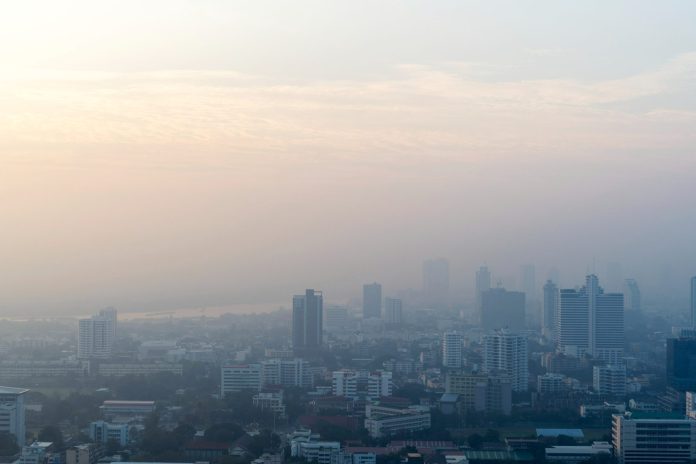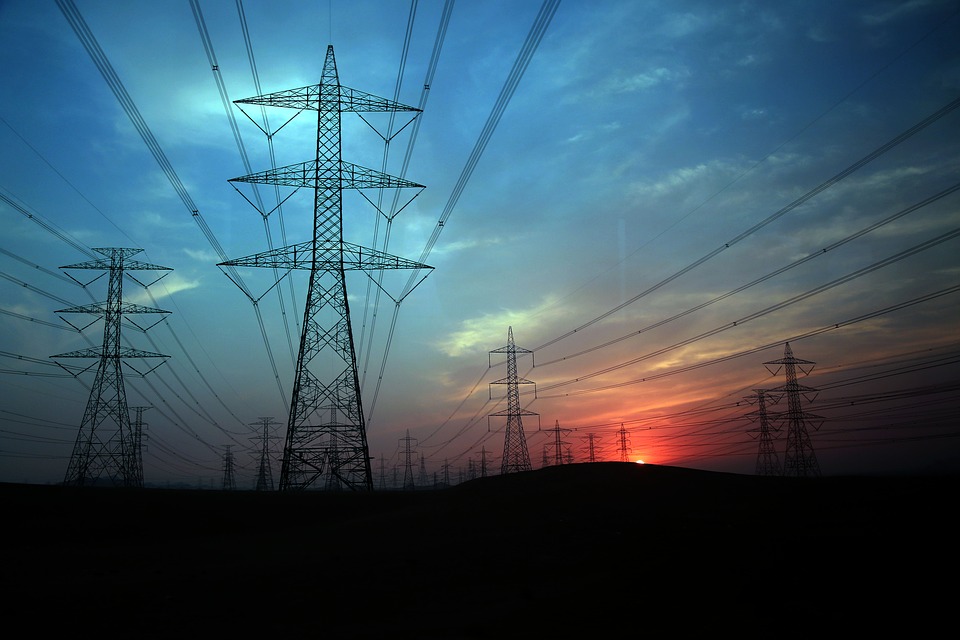The idea of fully autonomous vehicles is not something we’re hearing about for the first time. Perhaps we’ve seen them in video clips or heard about them in discussions about the future of transportation. However, at least here in the Balkans, we don’t often get to see them live on the streets of our cities. Instead, challenges related to infrastructure and buying a second-hand gasoline car seem closer to our reality. Most of us also harbor a dose of skepticism—how will such vehicles handle all situations on the road? What if the technology fails?
But the world is changing, perhaps faster than we think. In Selmer, a small town in the U.S. state of Tennessee, autonomous trucks are already transporting goods daily between a factory and a warehouse, albeit in specific and controlled conditions. Seven such trips are completed each day from Monday to Thursday.
Not only do these trucks not require a driver’s presence behind the wheel, but they are also electrically powered. Diesel-powered trucks are responsible for 25 percent of global CO2 emissions in transportation, making these vehicles even more sustainable. Built in various sizes, they can be adapted to meet different transportation needs.
As I mentioned earlier, there’s widespread skepticism about the safety of this technology. However, Einride, a company specializing in digital, electric, and autonomous transport technology, emphasizes that this technology has been in development for over 10 years and has been tested for every possible scenario.
Before I delve deeper into the safety aspects of these trucks, I’d like to share another thought. When I first read about an autonomous truck, it reminded me of one of the greatest fears often associated with artificial intelligence—will it replace humans? Will we lose jobs and income? However, I was pleasantly surprised by the company’s statement, which explained that truck drivers will have the opportunity to work from home, in shifts, and near their families, instead of being thousands of kilometers away. This brings two significant benefits. First, the drivers’ workstations will be located near their homes—perhaps even in their homes. Second, although they won’t physically operate the trucks, they won’t lose their jobs, as they’ll be trained to oversee autonomous driving using computers or other technologies.
This also adds an extra layer of security, as we know that such vehicles, despite being autonomous, still have human supervision.
Every new technology brings numerous advantages but also potential challenges. Sometimes, innovative ideas presented to us may conceal unintended consequences. Nevertheless, if we aim to move towards a more sustainable world for both nature and humanity, it’s important to monitor its development and implementation, always with a degree of caution.
View this post on Instagram



